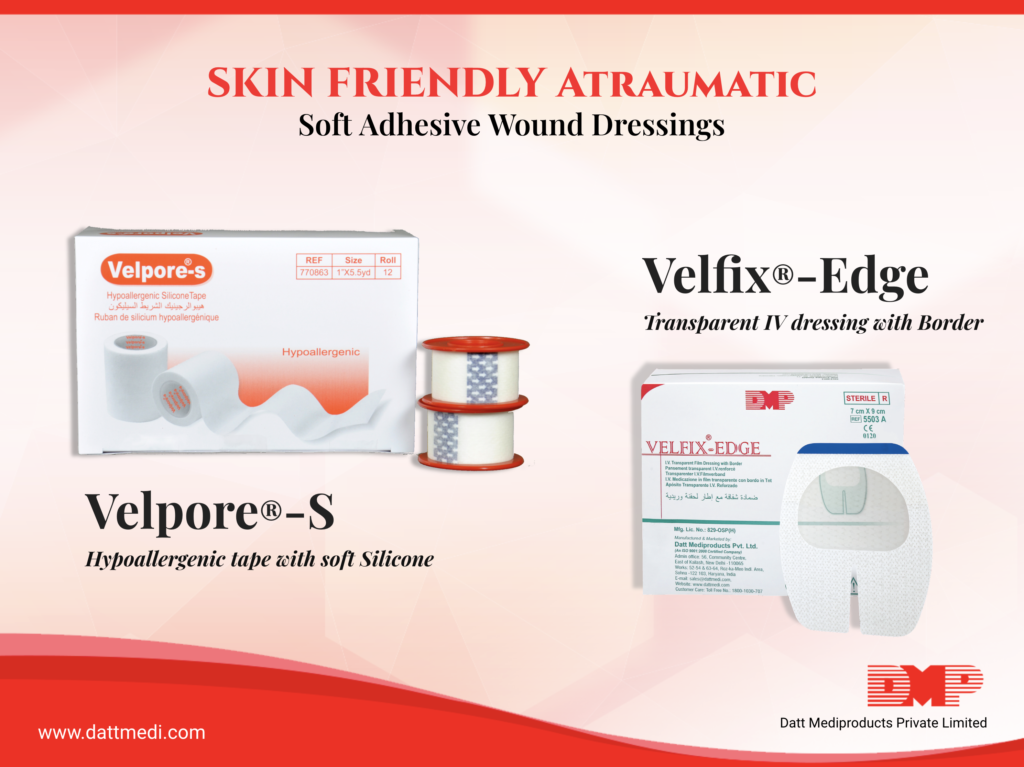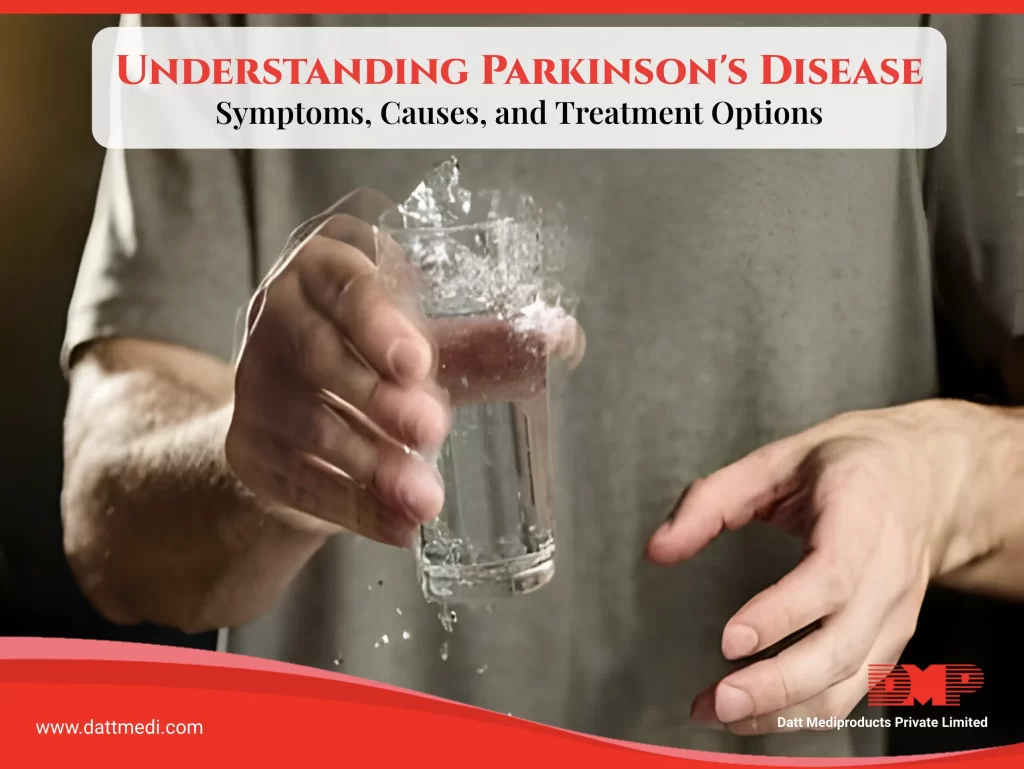
Wound dressings are an inevitable part of the wound care industry. There are a large number of wound dressings that need to be secured in position, either with the help of retention bandaging or with adhesive systems.
Skin Adhesives have an important role to play in wound dressings.
– If the skin adhesives are too harsh and aggressive, then their removal may cause trauma to the wound and the surrounding skin.
– If the skin adhesives are mild, then insufficient adhesion may lead to exudate leakage and thus resulting in the maceration of the peri-wound skin.
In both the above-mentioned cases, the patient’s quality of life may be affected by delayed healing and additional cost implications.
– An ideal adhesive should be able to retain the dressing securely in place for an appropriate duration, minimizing the risk of maceration of peri-wound skin; should be atraumatic upon removal, non-irritant, non-sensitising & leaving no residue on the skin.
SOFT ADHESIVES
Soft silicone adhesives are an advanced adhesive that provides a safe level of adhesion with the skin. These are safe, inert, non-toxic and thus, non-sensitizing to the skin.
Benefits of Soft Skin Adhesives:
- Naturally conforms to the skin profile: soft adhesives create many contact points over the uneven surface of the skin. Hence, termed as ‘micro-adherent’.
- Ensures gentle yet effective securement: Soft adhesives provide minimal adhesion to the wound bed which increases patient comfort and minimizes the pain at dressing changes or upon removal, hence, low traumatic.
- Delivers constant adhesive strength as they are permanently in a tacky state, thus they provide a safe & constant adhesion level that does not increase on contact with the skin over time.
- Softer & more comfortable as compared to traditional adhesives.
- Flexible and conform well to body contours.
- Safe to use, cause minimal stripping of skin cells & hair follicles upon removal.
- It offers longer wear time.
- It doesn’t stick to hand or gloves.
We @ Datt Mediproducts offer two innovative products with soft silicone adhesive technology, as described below.
VELPORE- S
Velpore-S is a hypoallergenic tape with soft silicone adhesive. It offers extra securement of dressings & tubes with a constant adhesive level throughout the wear time.
The non-woven paper used is breathable, water-resistant, latex-free, lightweight and can be easily torn by hand. The soft skin adhesive is gentle to the skin and can be easily removed without causing pain.
Available Sizes: ½ inch × 5 m; 1 inch × 5 m; 2 inch × 5 m; 3 inch × 5 m
Target Departments: Pediatrics & Neonatologist, Dialysis centre, ICU, Medical Surgery, Emergency
Application: Velpore-S can be used to fix I.V. Tubing, Probes, Cannulae and is very ideal for sensitive skin, Neonates
VELFIX-EDGE
Velfix-edge is a transparent I.V dressing with non-woven borders. It is specially designed for fragile & sensitive skin of neonates & elderly patients and has the following properties:
- Window frame design to allow continuous observation of IV site
- Offers waterproof sterile barrier to external contaminants
- Stabilization non-woven borders to maximize securement, breathability & wear time
- Notched design to discourage edge lift
- Comes with 2 securing tapes & a pre-printed documentation label
- Easy to handle with gloves allowing single-handed application
Indication: To be used as a Sterile I.V Dressing for cannula fixation
Sizes of Soft Removal Adhesive: 5 cm x 6 cm; 6 cm x 7 cm; 7 cm x 9 cm
We, Datt Mediproducts, manufacture and market a range of adhesive dressings with impeccable quality following international standards.
For more info, visit www.dattmedi.com or contact us at info@dattmedi.com




